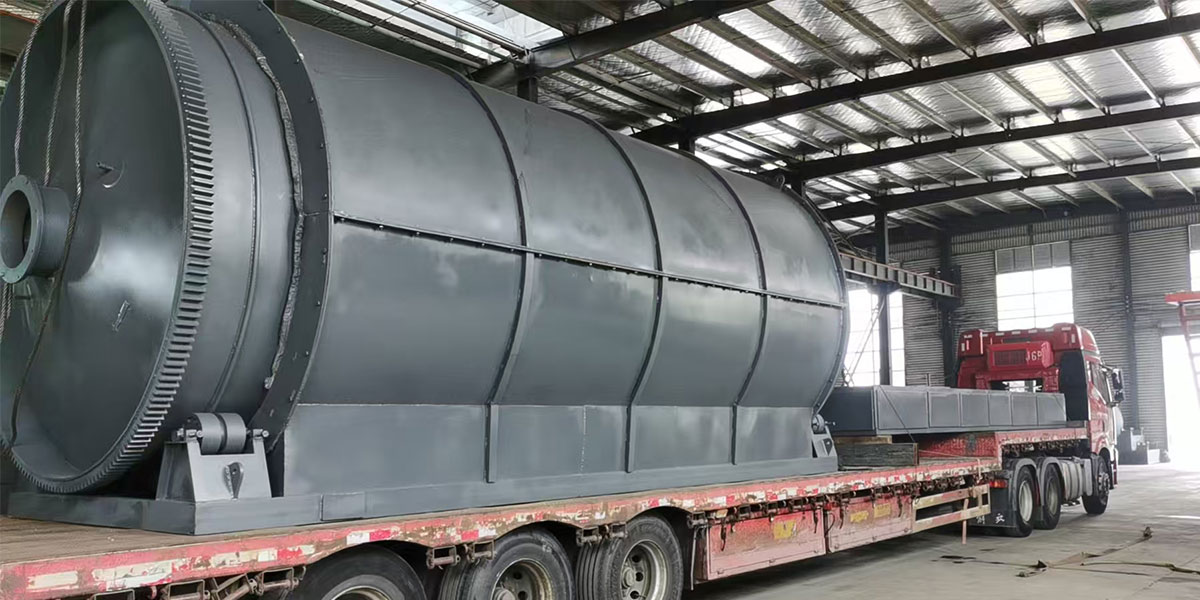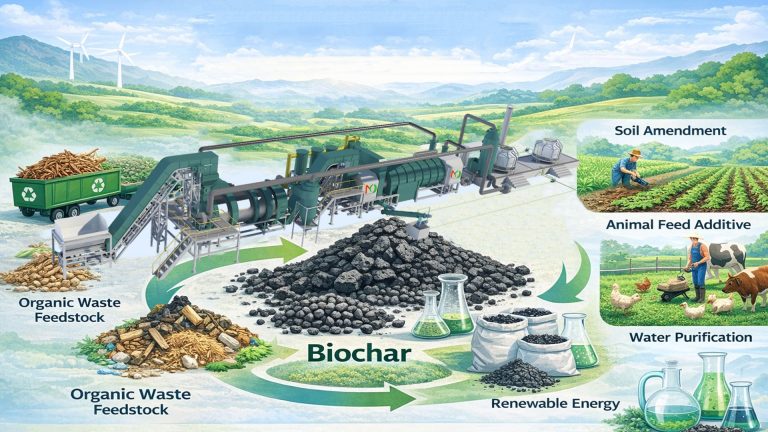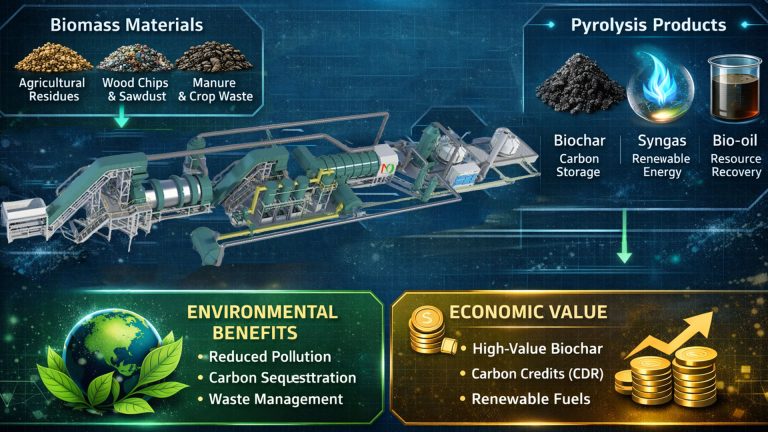On July 3, 2025, Mingjie Group completed the shipment of MJ-12 oil sludge treatment plant for sale to Egypt. Oil sludge is oily solid waste generated in the production process of the petroleum industry. With the global demand for environmental protection and low-carbon development, pyrolysis technology has become an important technical direction for oil sludge disposal.

The principle of oil sludge pyrolysis equipment is to use the thermal instability of organic matter. It heats the oily sludge at high temperature under anaerobic or anoxic conditions to obtain pyrolysis oil, synthesis gas and solid products.
As an important application carrier of pyrolysis technology, pyrolysis equipment plays a key role in the field of oil sludge treatment. The MJ-12 batch pyrolysis plant is carefully designed according to the characteristics and treatment requirements of oil sludge. It can achieve pyrolysis treatment of oil sludge efficiently and stably, becoming a powerful assistant for oil sludge treatment.
Composition of Oil Sludge Pyrolysis Plant
MJ-12 batch pyrolysis plant achieves efficient treatment of oil sludge through system integration design. Oil Sludge Treatment Plant is mainly composed of feeding system, pyrolysis system, heating system, condensation system, gas purification system, carbon black collection system, etc.
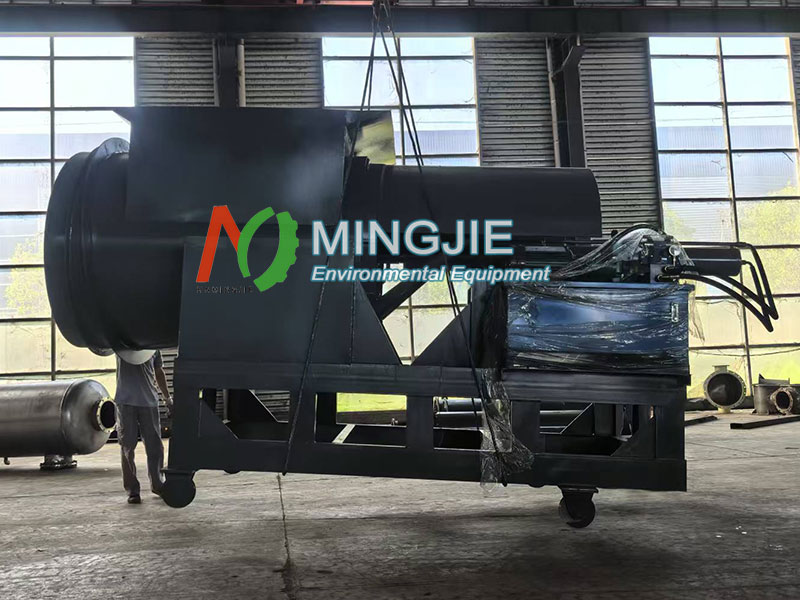
Feeding System
The feeding system is the entrance for oil sludge to enter the pyrolysis equipment. For oil sludge with high water content, sludge pump is usually used for feeding, and the pressure of the pump is used to smoothly transport the oil sludge to the pyrolysis reactor. For oil sludge with low water content and low viscosity, auger feeding is used. It pushes the sludge forward through the rotation of spiral blades to ensure that the sludge can enter the pyrolysis system smoothly.
Pyrolysis System
The pyrolysis system is the heart of the entire oil sludge pyrolysis plant, and the pyrolysis reactor is the core component of the pyrolysis system. The reactor has good sealing to ensure that the pyrolysis reaction is carried out in an oxygen-free or oxygen-deficient environment. At the same time, it can also avoid the involvement of oxygen to cause the occurrence of combustion reaction and affect the pyrolysis effect.
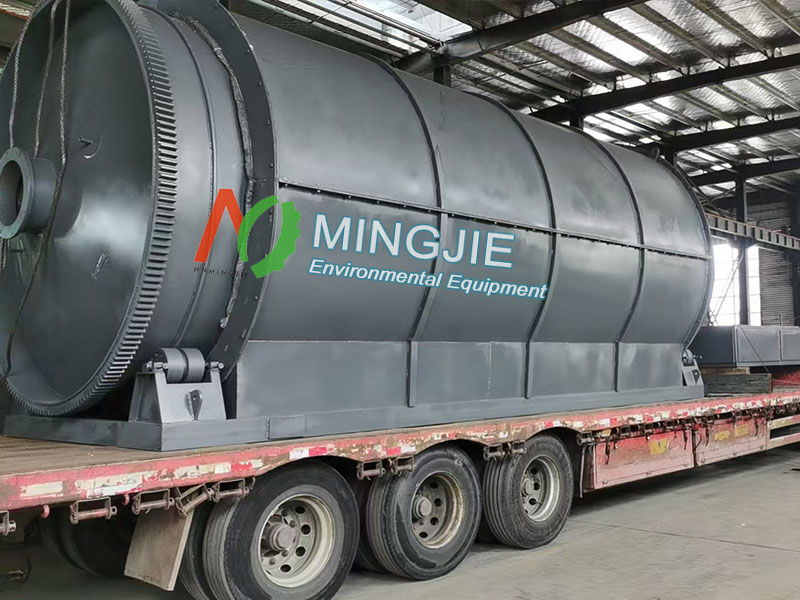
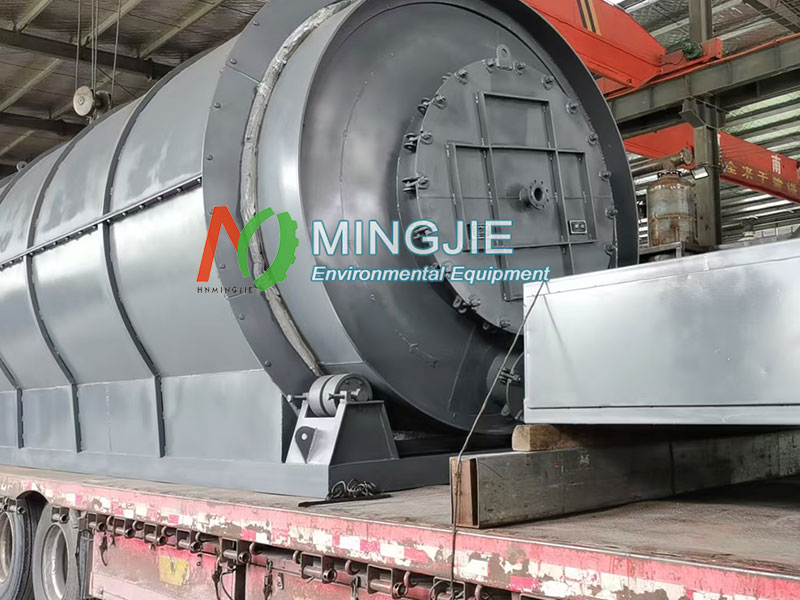
Heating System
The heating system provides the required high-temperature heat source for the pyrolysis reaction. There are many options for heating methods, including electric heating, gas heating and fuel heating. Electric heating has the advantages of fast heating speed and precise temperature control, but the operating cost is relatively high. Gas heating and fuel heating are relatively low in cost and can provide stable heat output.
Condensation System
The condensation system can cool the oil and gas produced by pyrolysis and condense it into liquid oil. The condensation system is usually composed of equipment, such as a condenser and an oil-water separator. The condenser reduces the temperature of the oil and gas through the circulation of the cooling medium (water or air), thereby condensing it into liquid oil. The oil-water separator uses the density difference between oil and water to separate the mixed oil and water to achieve oil recovery.
The liquid fuel oil after condensation and separation can be further refined by the pyrolysis oil distillation plant to make diesel, gasoline and other products.
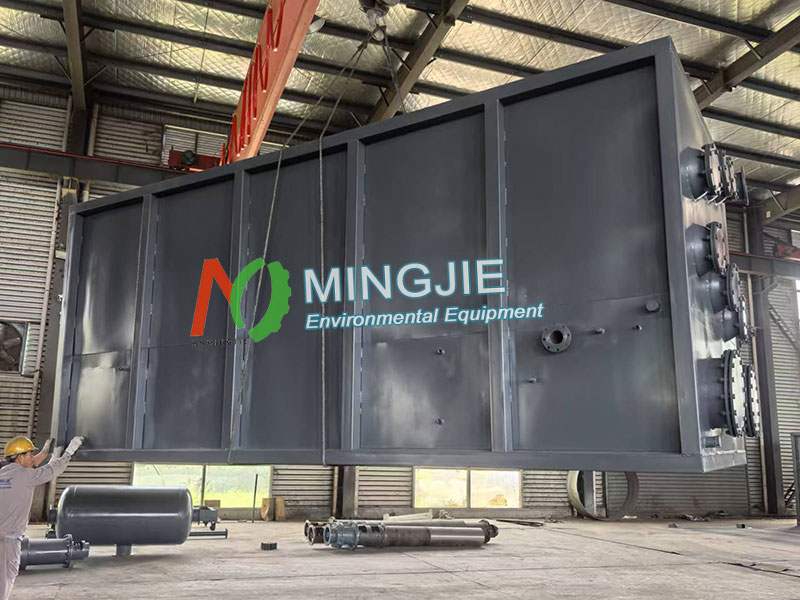
Gas Purification System
The gas purification system is responsible for treating the combustible gas produced by pyrolysis, removing impurities and harmful components in it to make it meet the emission standards. The gas purification system usually includes dust collectors, washing towers, and adsorption towers.
The dust collector is used to remove solid particles in the gas to prevent it from causing wear on subsequent equipment. The washing tower absorbs harmful substances such as acidic gases and sulfides in the gas by spraying liquid. The adsorption tower uses the adsorption effect of the adsorbent to further remove trace impurities in the gas to ensure the purification effect of the gas.
The syngas after purification can be used as a fuel to provide energy for pyrolysis system. It can also be used for power generation to achieve energy recycling.

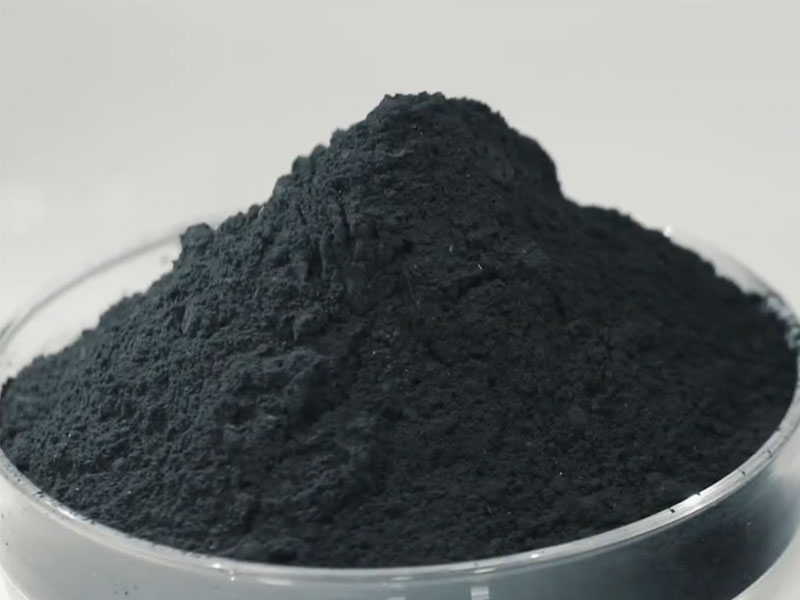
Carbon Black Collection System
The carbon black collection system is responsible for collecting the carbon black generated during the pyrolysis process. The carbon black collection system usually uses a water-cooled carbon discharge spiral device to discharge the carbon black.
Carbon black is one of the solid products of the pyrolysis reaction and has a certain economic value. The collected carbon black can be used as an industrial carbon material in industries, such as rubber, plastics, and inks.
PLC Control System
The oil sludge treatment plant is equipped with an advanced automatic control system. Operators can easily monitor and adjust the operating parameters of the pyrolysis equipment, such as temperature, pressure, feed speed, etc.
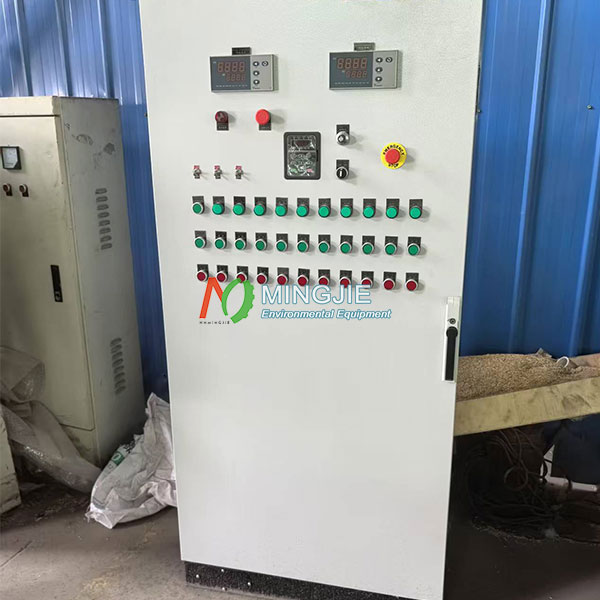
Advantages of Pyrolysis Plant for Oil Sludge Treatment
From an environmental point of view, oil sludge treatment pyrolysis equipment is a pyrolysis reaction carried out under anaerobic or anoxic conditions. This eliminates serious pollution to the atmospheric environment from the source. The tail gas produced by pyrolysis is strictly purified, and the harmful substances in it are effectively removed, greatly reducing the pollution to the air.
The batch pyrolysis equipment does not need to occupy a large amount of land resources. This avoids the pollution of soil and groundwater by harmful substances in oil sludge. It also reduces the large amount of harmful gas emissions generated during incineration, making an important contribution to environmental protection.
In terms of price and efficiency, the cost of batch pyrolysis plant is lower than continuous pyrolysis plant, and it can quickly and efficiently process a large amount of oil sludge. By optimizing the pyrolysis process and equipment structure, the processing time of oil sludge is greatly shortened and the processing efficiency is improved. When dealing with a large amount of oil sludge generated in some emergencies, batch pyrolysis equipment can be put into operation quickly.
Through pyrolysis technology, petroleum substances in oil sludge are converted into recyclable fuel oil and fuel gas, realizing the recycling of resources. These fuel oil and syngas can be reused as energy, reducing energy costs for enterprises.

